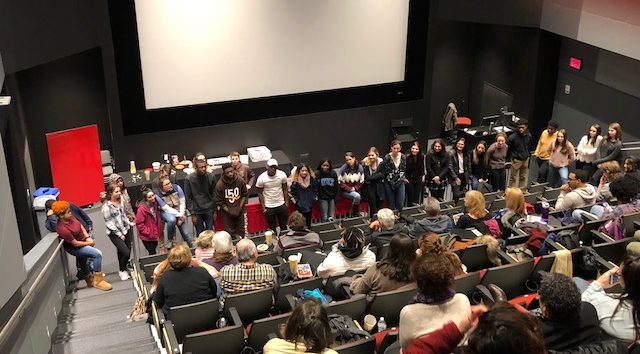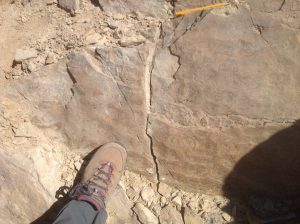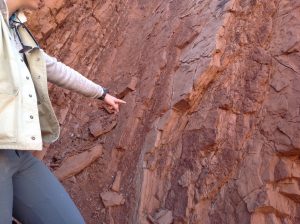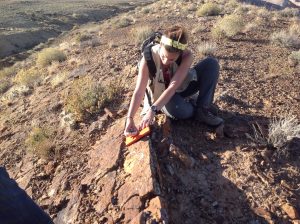Before this event, I hadn’t heard about Brooke Gladstone but she surprised me with her insight on all sorts of topics. When she talked about distractions and how they feel good to our brain, I remembered this article I read about likes bringing stimulation to our brains and how it’s like a drug. We hate to be bored, it’s painful for us to be bored, so we are addicted to distractions like social media. I liked her advice about deleting an app we are always on. I still haven’t done it but I will before the semester is over. I also agree with her about how if we were to use our phones less we would be able to make more eye contact, increase interaction and our empathy for others would grow.
I also loved what she said about how to convince people or try to make them care. It can only be achieved by associating it with something in their life and showing them what’s at stake for them. That reminded me of the first article we read in my Poverty in America class which was about why we should care about people living in poverty, and how it’s in our self-interest to care. It’s crazy to think that we need to know why it’s in our self-interest to care about the poor rather than helping them because of the situation they’re in.
When she started talking about DACA I immediately started thinking, ”oh no,” because I’m used to people being misinformed and even allies having misconceptions about what it is. However, she surprised because she talked about how DACA was not good enough and it didn’t provide much for recipients. This is a point only some people can understand. DACA provided basic rights for immigrants who came here as children but limited most of our choices. It didn’t provide a path to citizenship or residency. The sad part is that that tiny amount of protection was taken away. It was wrong to take away this program that gave a small amount of protection to people who aren’t doing anything wrong and leaving them completely vulnerable, and with the risk of being deported. A lot of people can’t understand that. I was truly impressed by Brooke Gladstone and I look forward to picking up one of her books.



